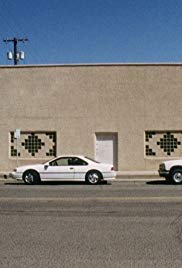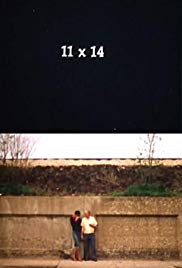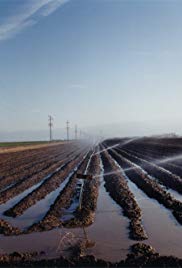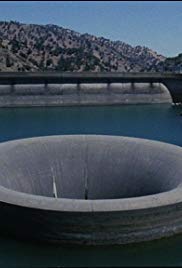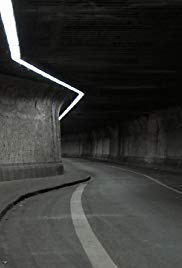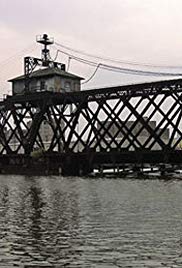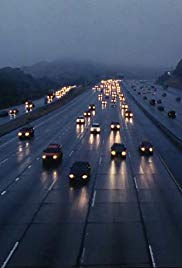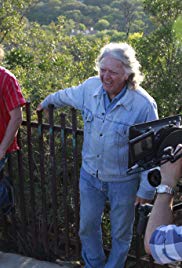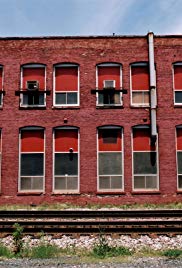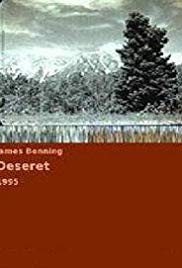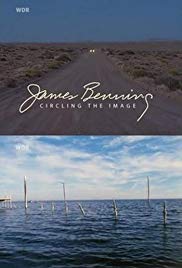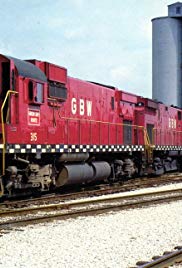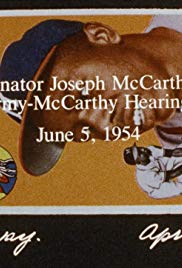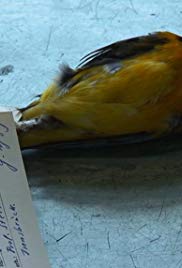M4uHD - James Benning Movies and Tv Shows
M4uhd.org - All James Benning Movies and TVshows
Four Corners (199
Four Corners (1998)
James Bennings Four Corners uses a specific geographical location to pose larger questions about the United States Here, the geographic and wholly imaginary place Four Corners, that favorite tourist destination where Colorado, Ne
11 x 14 (1977)
11 x 14 (1977)
One of the most widely praised American avant garde films in recent years, James Bennings 1977 feature is a laconic mosaic of single shot sequences, each offering some sort of imagesound pun or paradox At once a crypto narrative w
Landscape Suicide
Landscape Suicide (1987)
In Landscape Suicide Benning continues his examination of Americana through the stories of two murderers Ed Gein was a Wisconsin farmer and multiple murderer who taxidermied his victims in the 1950s Bernadette Prott was a Califor
El Valley Centro
El Valley Centro (1999)
Employing natural sound and contemplative proscenium shots, Benning skillfully composes a series of pure and majestic images that at once evoke a sense of nostalgic splendor as well as
Ruhr (2009)
Ruhr (2009)
James Bennings worrying and also reassuring vision of the Ruhr Valley, shot in six fascinating takes of a tunnel, a forest, a factory, a mosque, graffiti and a chimney
Los (2001)
Los (2001)
Los Angeles is depicted in 35 stationary shots, each 2 12 minutes long, in this non narrative film
Double Play: Jame
Double Play: James Benning and Richard Linklater (2013)
In 1985, filmmaker Richard Linklater began a film screening society in Austin, Texas, that aimed to show classic art house and experimental films to a budding community of cinephiles and filmmakers The Austin Film Society raised eno
Deseret (1995)
Deseret (1995)
Landscape shots of Utah with narration chronicling its history by way of The New York Times excerpts from the 1850s to the 1990s
American Dreams:
American Dreams: Lost and Found (1984)
American Dreams is chock full of concrete, discrete elements that comprise an American iconography of the past three decades The film encourages a kind of perverse nostalgia for the good old days Nixons you dont have Nixon to
